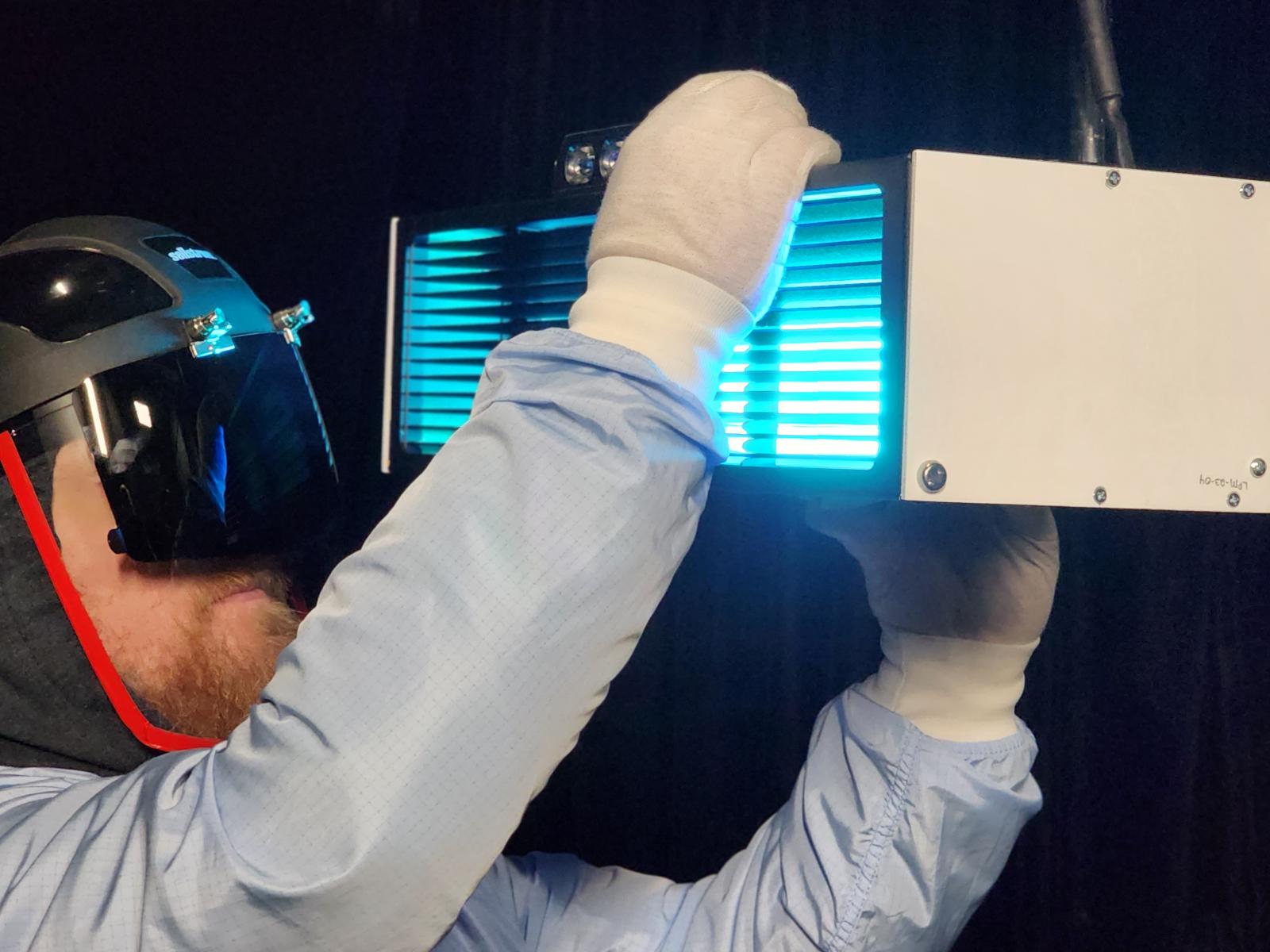
In recent years with the spread of COVID-19, influenza, RSV, and other respiratory illnesses, it has become a priority to provide a healthy environment in America’s buildings. Two organizations developed new guidelines to reduce airborne disease transmission. First, in May 2023, the Centers for Disease Control (CDC) announced guidelines that U.S. buildings should achieve five equivalent air changes per hour (eACH) of clean air. Then in July 2023 ASHRAE announced a new standard ASHRAE 241: Control of Infectious Aerosols that uses a new metric called Equivalent Clean Air (ECA). The clean air targets specified by ASHRAE Standard 241 are 1.5 to 10 times the ventilation levels for typical commercial buildings. That’s quite an increase and would mean a dramatic rise in energy use to move all that additional air through buildings in an effort to keep people healthy.
So, how do we do that as we also strive to use less energy in buildings to combat climate change and reduce energy costs?
Part of the solution requires ventilating spaces at least to ASHRAE 62.1 levels to give people good air to breath. Another part is using good HVAC filtration to remove any particulates in the air. The question is what can be done in addition to good ventilation and filtration to meet the new CDC and ASHRAE guidelines? That’s where germicidal ultraviolet (GUV) technology—the use of UV-C energy to kill germs—comes in.
GUV has been around for decades in places like hospitals, homeless shelters, and even some schools using UV luminaires with low-pressure mercury lamps installed to deactivate or kill viruses, bacteria, and mold in the air. New technologies such as UV-C emitting LEDs and krypton chloride (KrCl) excimer lamps are also now available providing UV-C energy to disinfect the air in rooms.
GUV can be applied in different ways within buildings to disinfect air
Upper-room GUV is typically installed on the upper walls directing a beam across the room to disinfect air circulating above occupants before it’s inhaled by others. This method usually uses either a low-pressure mercury or LED source. Whole-room GUV typically uses KrCl excimer technology at a lower wavelength of 222 nanometers, which is often called “far UV-C." This technology is installed on or near the ceiling and can be safely directed downward towards building occupants and the breathing zone where viruses are transmitted. In-duct GUV is another type where GUV is used inside ventilation systems to disinfect air as it circulates through the system.
Pacific Northwest National Laboratory (PNNL) has been conducting research to understand how GUV can help buildings achieve the new CDC guidelines and ASHRAE 241 Standard and the implications for energy use. The research team simulated a typical office building, where it was found that a typical office building HVAC system is not capable to achieve the CDC five equivalent air changes per hour unless supplemented with in-room technologies such as GUV. Further, PNNL found the scenarios with GUV used approximately 80% less energy per unit of equivalent clean air than HVAC-only approaches. This highlights the important role GUV technology can provide to realizing healthier buildings at much lower energy use. PNNL is working now to apply this analysis to other building types (school, healthcare, restaurant).
Additional DOE efforts are aimed at unlocking the potential of GUV
- DOE is testing off-the-shelf DOE products for effectiveness and energy efficiency in its CALiPER program and comparing product claims with actual performance.
- Field evaluations conducted by PNNL are demonstrating real-world application of GUV technologies, looking at their effectiveness, energy savings, safety, and more.
- DOE is working with other organizations such as the EPA, U.S. Army Corp of Engineers, and the National Research Council of Canada on studies to validate the germicidal efficacy of GUV technology and epidemiological benefits from reduced illnesses.
No wonder we see such a bright future for GUV as an emerging technology that will deliver safer, healthier, and more energy-efficient buildings.